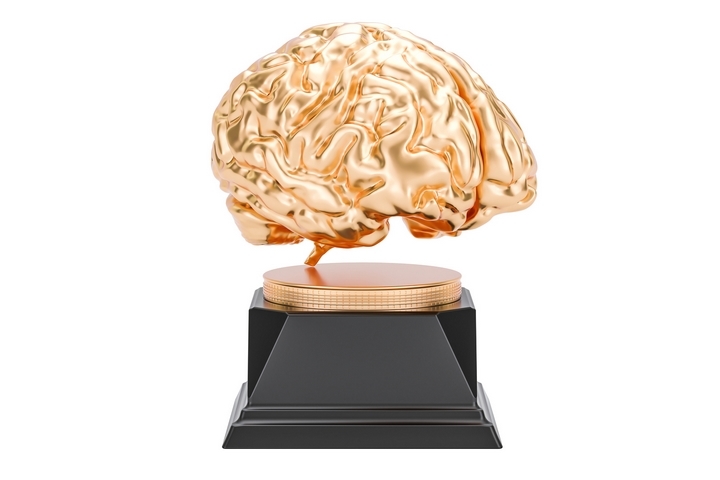
While it is rare for a dog to have a stroke, it can happen. A stroke is disrupted blood flow to the brain separated into two categories: ischaemic dog strokes, where there is a sudden lack of blood supply, and hemorrhagic dog strokes, where there is bleeding within the brain. For a dog with a stroke, immediate medical intervention is needed. Contact your vet right away if your dog is having a stroke.
If the stroke has passed, here is what to do for your dog as they fully engage in their long-term recovery.
Identify signs of a dog stroke
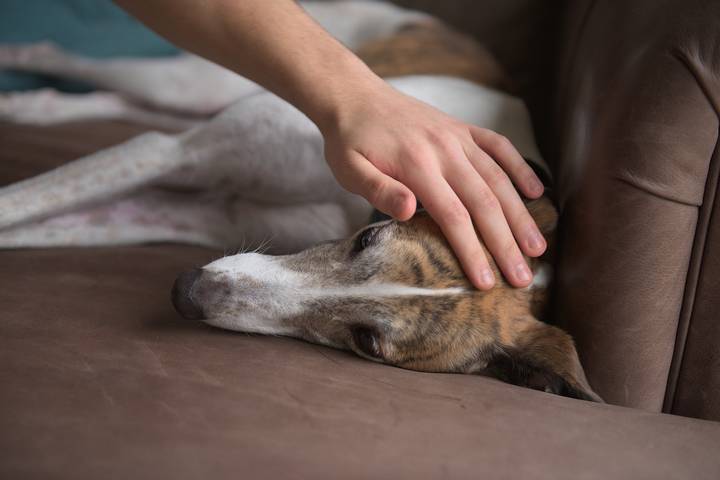
Firstly, once your dog has had their first stroke, they are more likely to have another. Be aware of the signs and, if you see them, ensure your dog receives immediate vet care as soon as possible.
The signs your dog is having a stroke include difficulty walking, the loss of housetraining, a change in personality, less awareness of surroundings, abnormal eye movement or positions, falling or leaning to one side, blindness, and seizures.
What to Expect at the Vet
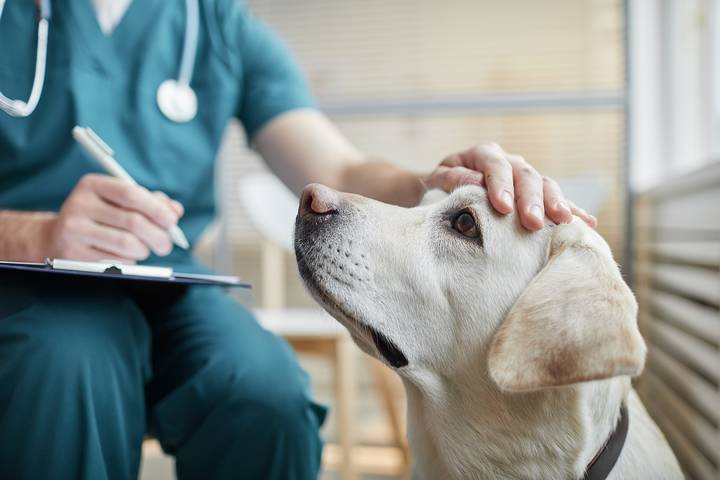
When you take a dog to vet urgent care to diagnose a stroke, the vet will perform a cardiac evaluation and may recommend chest x-rays, an electrocardiogram, or a cardiac ultrasound to rule out certain conditions. A vet may also ask for MRI or CT scans to evaluate brain functions and order routine bloodwork, hormone testing, urinalysis, and other tests.
Provide the Care Your Dog Needs

For the first while after a stroke, a dog’s needs will be higher than they may ever be. They may need to be brought in for oxygen therapy or fluid medication. They may need pain medication, be put on a specific nutritional plan, and receive assistance with walking, urinating, and defecating. For a pet owner, there is a lot of work ahead of them in recovering their dog post-stroke.
Be Ready to Clean Messes

After a stroke, a dog may experience vomiting, diarrhea, and loss of bladder control. Be prepared to clean up any messes that may come.
Be Careful with Your Dog’s Balance

After suffering a stroke, a dog may struggle to stay upright. They may experience a loss of balance, cannot stand, or may start leaning towards one side over another. Watch over them to ensure your dog does not accidentally collapse or lose their sense of direction.
Be Attentive to Any Signs of Complications

A stroke can cause a dog to experience airway difficulties, heart arrhythmias, and other complications. Be attentive. If there is any sign of your dog not feeling well, your dog should be evaluated by a vet as soon as possible.
Evaluate and Diagnose Underlying Issues

A stroke is sometimes caused by an underlying medical condition that needs to be addressed. These include a blood clot disorder, ruptured blood vessels, cancerous or non-cancerous tumours, Cushing’s disease, high blood pressure, kidney disease, diabetes, heart disease, and toxicity.
Ensure Your Dog Takes His Medicine

If an underlying cause is identified, ensure your dog takes his medicine every day and that the treatment is followed through. A vet can offer guidance on minimizing the risk of your dog having another stroke which they are now more likely to experience than a pet that has never had a stroke before.
Common treatments include hormone therapy if the stroke is tied to hypothyroidism, blood thinners to break up a blood clot, or blood-pressure stabilizers to tackle hypertension.
There Is Little Treatment for a Dog Stroke

Unfortunately, no treatment can repair the permanent damage a stroke can cause a dog. In some cases, your pet may have damage that cannot be reversed. However, in other instances, following a dog stroke, they fully recover.
Try Physiotherapy for a Dog Stroke
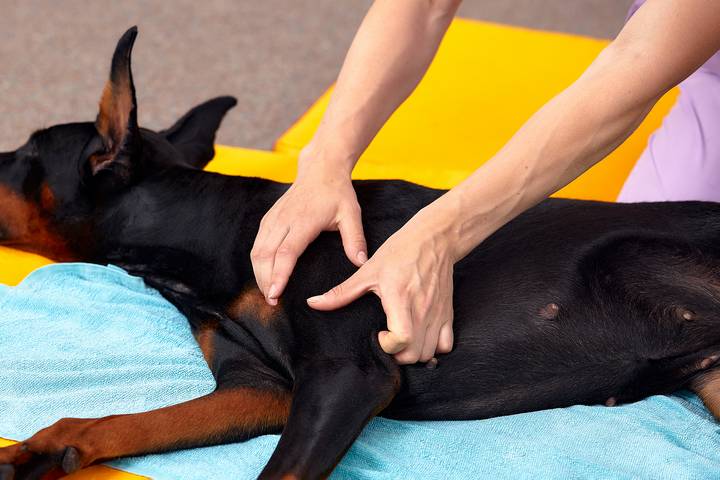
If physiotherapy is an option for you, physiotherapy has been shown to help outcomes in dogs with a stroke.
Engage in Regular Vet Checkups
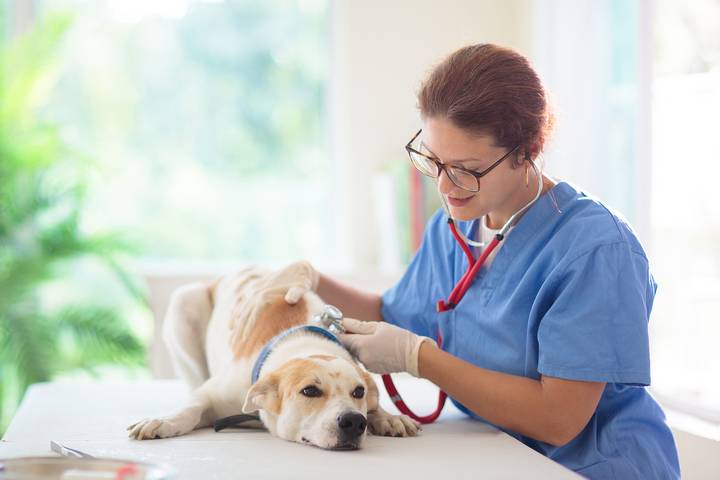
Many dog strokes are preventable and closely linked to an underlying disease or medical condition. By following up with your vet for regular checkups, they may be able to identify when conditions present or are worsening, and you may be able to entirely avoid future strokes or, at the very least, mitigate the risk of a stroke in a dog.
How Long a Dog Can Live After a Stroke
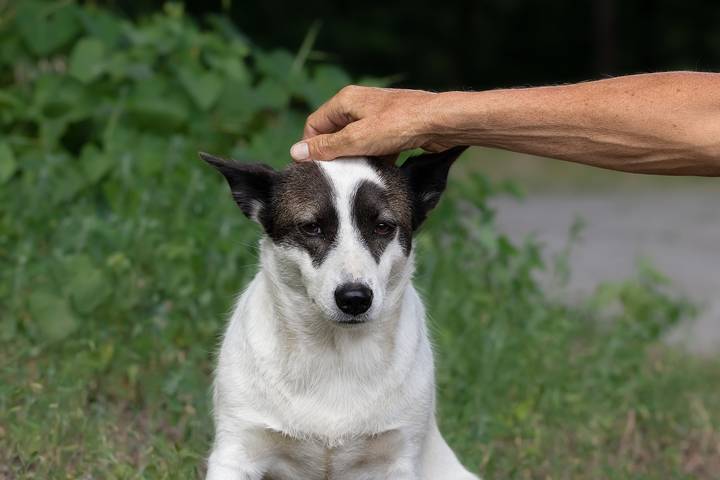
How long a dog may live after a stroke depends on several variables. A study looking at the average survival time for dogs who have had a stroke found that, for right-sided strokes, the average was only 24 days, whereas a left-sided brain stroke has a survival day average of 602 days.
These numbers, however, are averages. A dog’s survival after a stroke relies on receiving the medical care they need, the underlying cause of the stroke and how it’s being addressed, and their age and health information.












